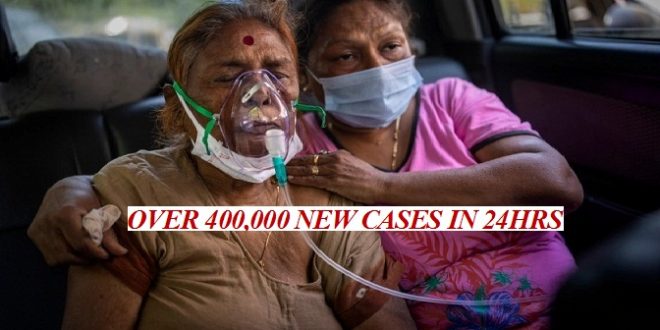01-05-2021
Bureau Report + Agencies
WASHINGTON/ NEW DELHI: The United States will restrict travel from India starting from May 4, the White House said on Friday, citing a devastating rise in COVID-19 cases in the country and the emergence of potentially dangerous variants of the coronavirus.
White House press secretary Jen Psaki said President Joe Biden’s administration made the determination on the advice of the Centers for Disease Control and Prevention (CDC).
“The policy will be implemented in light of extraordinarily high COVID-19 caseloads and multiple variants circulating in India,” she said.
The policy means most non-US citizens who have been in India within the last 14 days will not be allowed to travel to the United States. There are some exceptions for permanent residents of the US, family members as well as some other non-US citizens.
Countries from Europe to Asia have begun tightening quarantines and closing borders to people who have been in India amid growing alarm at the steep rise in cases and concern new variants of the virus are driving the steep rise in cases.
Australia, which has managed to virtually eliminate the virus domestically, announced late on Friday that residents and citizens who have been in India within the previous 14 days of returning home will be banned from entering the country as of May 3 and risk fines and as long as five years in jail if they disobey.
 “Our hearts go out to the people of India and our Indian-Australian community,” Health Minister Greg Hunt said in a statement. “The friends and family of those in Australia are in extreme risk. Tragically, many are contracting COVID-19 and many, sadly, are dying every day.”
“Our hearts go out to the people of India and our Indian-Australian community,” Health Minister Greg Hunt said in a statement. “The friends and family of those in Australia are in extreme risk. Tragically, many are contracting COVID-19 and many, sadly, are dying every day.”
The Australian government will reconsider the restrictions on May 15, he added.
Earlier, India recorded on Saturday over 400,000 new COVID cases in 24 hours for the first time, the first country to do so in the pandemic, official data showed.
According to the health ministry, 401,993 new infections were registered taking the total caseload to 19.1 million. There were 3,523 deaths, bringing the toll to 211,853.
Many experts suspect that because of insufficient testing and inaccurate recording of cause of death, the real numbers are much higher.
Indian authorities lowered their guard in the early part of the year after infections fell below 10,000 per day, lifting restrictions on most activity.
Mass religious gatherings such as the Kumbh Mela, attracting millions of Hindu pilgrims, and political rallies were allowed to continue even when cases numbers began rising sharply in late March.
In April alone, India recorded around seven million new infections. On a per-capita basis however India’s caseload remains low compared to many other countries.
 Pressmediaofindia
Pressmediaofindia




